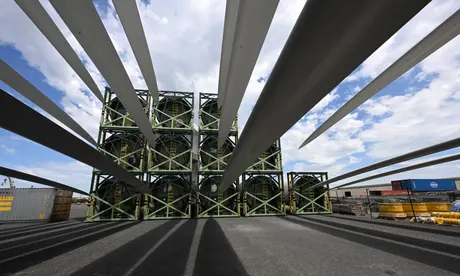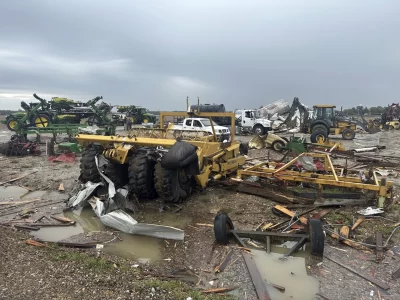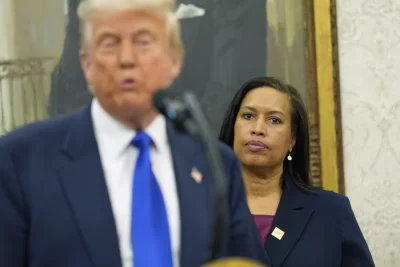
Ten coalmines could increase their greenhouse gas pollution until 2030 while being financially rewarded under an Albanese government climate policy that is meant to cut industrial emissions, according to a new analysis.
The analysis of how different facilities are treated under the safeguard mechanism – the government’s main policy to deal with major polluters – has prompted calls for changes to deal with this “perverse outcome” and require every coalmine to take additional steps to cut emissions.
The Coalition introduced the safeguard mechanism after it repealed a national carbon price scheme, with a promise it would be used to stop industrial emissions rising. In practice, companies were often allowed to increase their pollution limits without penalty.
Labor revamped the scheme earlier this year so that 215 big polluting facilities have to reduce emissions intensity by up to 4.9% a year, or use contentious carbon offsets.
The government said facilities would be given a new limit – known as a baseline – based initially on their current emissions, but that would eventually include the average pollution within a particular industry.
Coalmines have proved challenging to fit within this model. The emissions intensity – how much pollution is released per tonne of coal mined – varies markedly, with underground mines usually releasing more than open cut mines.
The government attempted to address this by using site-specific pollution levels to help calculate coalmine emissions baselines for a longer period than that used for other industries. By 2030, coalmines will be set baselines based on a weighted formula that relies equally on site-specific data and the industry average.
The analysis by Energy & Resource Insights – commissioned by the Lock the Gate Alliance – found this would still allow about 20% of Australian coalmines to significantly increase their emissions this decade, compared with today’s levels. It estimated some New South Wales mines – Moolarben, Wilpinjong and Mangoola – could be able to more than double their emissions baselines over this timeframe.
The owners of those mines could receive a financial benefit without taking measures to cut pollution as they would be issued “safeguard credits” if they emitted less than their baseline. Credits can be sold to businesses that failed to keep their emissions below their baseline to offset their additional pollution.
The analysis suggested the potential benefit to coalmines without taking any action could be $180m.
Georgina Woods, Lock the Gate’s head of research and investigations, said it would be “absolutely perverse” if the scheme led to some open cut coalmines expanding their operations and receiving a financial reward for it.
She said the government should ensure a mine operator could not receive safeguard credits unless it took additional measures to cut emissions and that baselines should have to decrease year-on-year at every coal facility.
“There definitely has to be some policy action beyond the safeguard mechanism to make sure this occurs,” Woods said.
“We have delayed action on the climate emergency so long already that no one single policy mechanism can take all the action that we need to take.”
The government has argued there is an implicit incentive for all businesses covered by the scheme to reduce pollution, as the faster they make cuts the more they will benefit financially.
Under a deal with the Greens in March, the government also agreed to set a limit on the total emissions that could be released by major facilities within any five year period to ensure industrial pollution did not increase.
A spokesperson for the climate change minister, Chris Bowen, this week said the government had carefully considered the safeguard settings for coalmines to “maximise efficiency” and “provide incentives for every mine to reduce emissions”. They said this would reduce national emissions by more than 200m tonnes across the next eight years.
Woods said it was particularly important to deal with methane, which leaks from coalmines. Methane is a potent greenhouse gas, with more than 80 times the heat-trapping capacity of carbon dioxide over 20 years. It is estimated to have caused a third of global heating since pre-industrial times, and the International Energy Agency has estimated methane emissions from coal and gas mines could be 60% higher than official records show.
“Many of these large open cut mines have plans to expand further,” Woods said. “In truth, we need to prevent these new pits opening up and releasing more methane.”
The independent MP Sophie Scamps backed the call for the scheme to be changed to ensure coalmines did not receive “bogus” credits without reducing pollution.
“It really goes to the integrity of the whole system,” she said. “If there are safeguard mechanism credits granted then there has to be genuine abatement. It can’t be because a baseline was set much higher than the last financial year’s emissions.”
The safeguard scheme began on 1 July. It is due to be reviewed in 2026-27.







